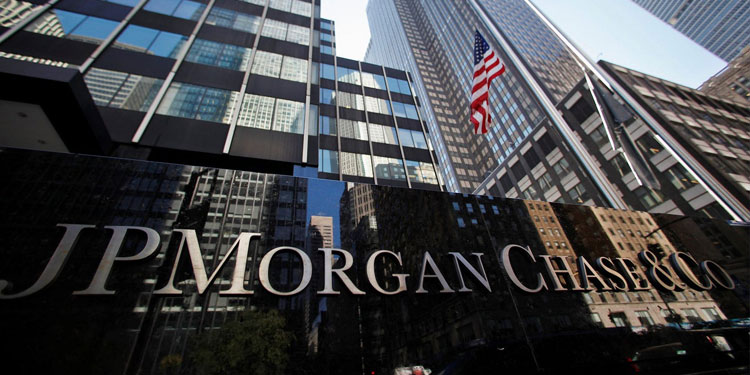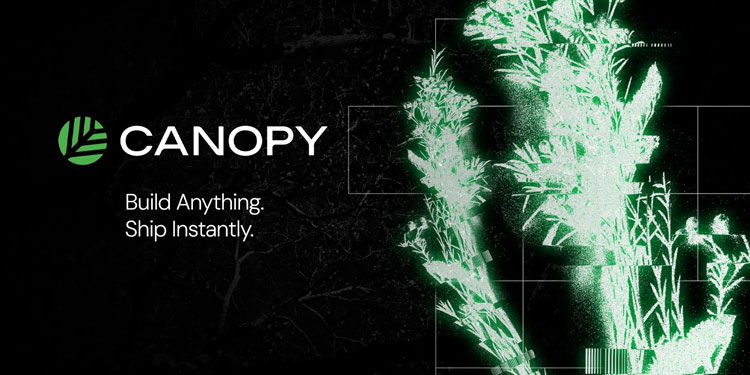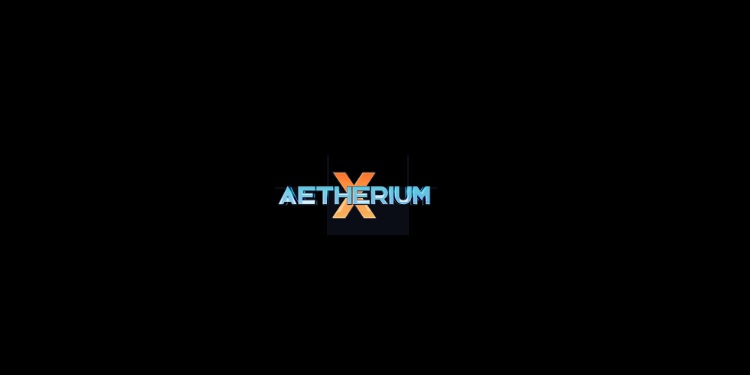In a pioneering effort, an Army Reserve officer has successfully designed and tested a blockchain-based solution to enhance supply chain management within the Department of Defense (DoD). This marks the first instance of the technology being utilized in a live Army environment. Maj. Matthew Goyette, serving as an innovation officer with the Support Group, 75th U.S. Army Reserve Innovation Command, led the initiative during Army Material Command’s Operation Mission Truth. The project aimed to resolve key challenges related to the auditability of Presidential Drawdown Authority (PDA) missions.
The blockchain-based system, still under development, is expected to provide military commanders with real-time and precise data on assets, thereby facilitating better decision-making. By leveraging blockchain’s security and transparency, the Army seeks to enhance accountability, improve logistics, and boost overall operational efficiency.
Strengthening Cybersecurity and Cost Efficiency
The integration of blockchain into military logistics is anticipated to enhance data integrity, offering users improved visibility, auditability, and accountability. The additional cybersecurity layer provided by the technology could result in significant cost savings for the Army and the DoD in the coming years.
Goyette, who has served in both the Army and Army Reserve for over a decade, began exploring blockchain’s potential in 2019 after transitioning from active duty. Identifying its possible applications in military operations, he developed a solution independently and formed a team of experts from various defense logistics entities, including the Defense Logistics Agency (DLA), Army Material Command (AMC), the Air Force Research Lab (AFRL), the 21st Theater Sustainment Command (TSC), and the Army Sustainment Command (ASC).
Demonstrating Blockchain’s Potential in Military Operations
The pilot program showcased the transformative impact of blockchain in military logistics. During the December trial, AMC, ASC, and the 21st TSC successfully transported 600 tons of equipment, surpassing the combined total moved over the previous 31 months. Additionally, the team managed to tag ten pieces of equipment to support an active mission, further demonstrating the system’s efficiency.
Future developments for the project include drafting a requirements document to outline operational needs and establish the necessary criteria for deploying blockchain within military logistics. The team also aims to tokenize assets, which would define ownership, automate transfers, and maintain a verifiable audit trail.
Collaborative Efforts and Leadership Support
Goyette worked closely with industry experts and military personnel, dedicating both his Reserve annual training period and personal time to advance the initiative. He engaged in critical discussions with vendors, AMC leadership, cybersecurity teams, and program management offices. AMC played a key role in coordinating the collaboration among various organizations and facilitating the live deployment of blockchain technology.
Key contributors to the initiative included AMC’s subject matter expert, Pat Sullivan, who was responsible for ensuring PDA missions remained auditable. Sullivan collaborated with Goyette to tailor the blockchain system for AMC’s needs and gain leadership support. Michael Amarosa, who initially served as the project manager for AMC before transitioning to the 21st TSC, played a vital role in overseeing the pilot’s execution in Europe, managing asset movement from Poland to allied forces.
Additional contributions came from Dr. Imes Chiu at DLA, who utilized AFRL’s existing infrastructure to facilitate the global movement of DLA equipment and identified AKUA tags as the most effective tracking solution. Keith Scheffler from AFRL contributed by designing a multi-million-dollar blockchain infrastructure previously used by DLA, while Ken Frye from AMC led the pilot’s execution from the port of Charleston to Poland, ensuring seamless asset tagging and integration with Army record-keeping systems.
The Army Reserve has played a crucial role in this initiative by offering specialized expertise and securing engagement from senior leadership. Goyette has emphasized the importance of collaboration between active-duty and Reserve forces in successfully implementing emerging technologies within military operations.









